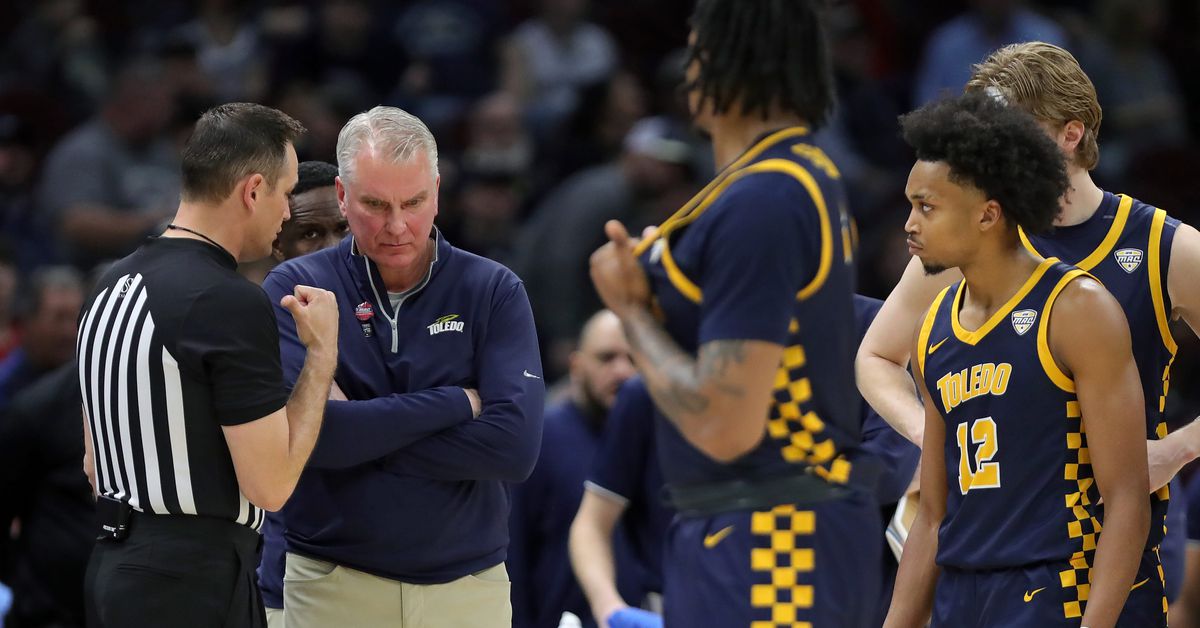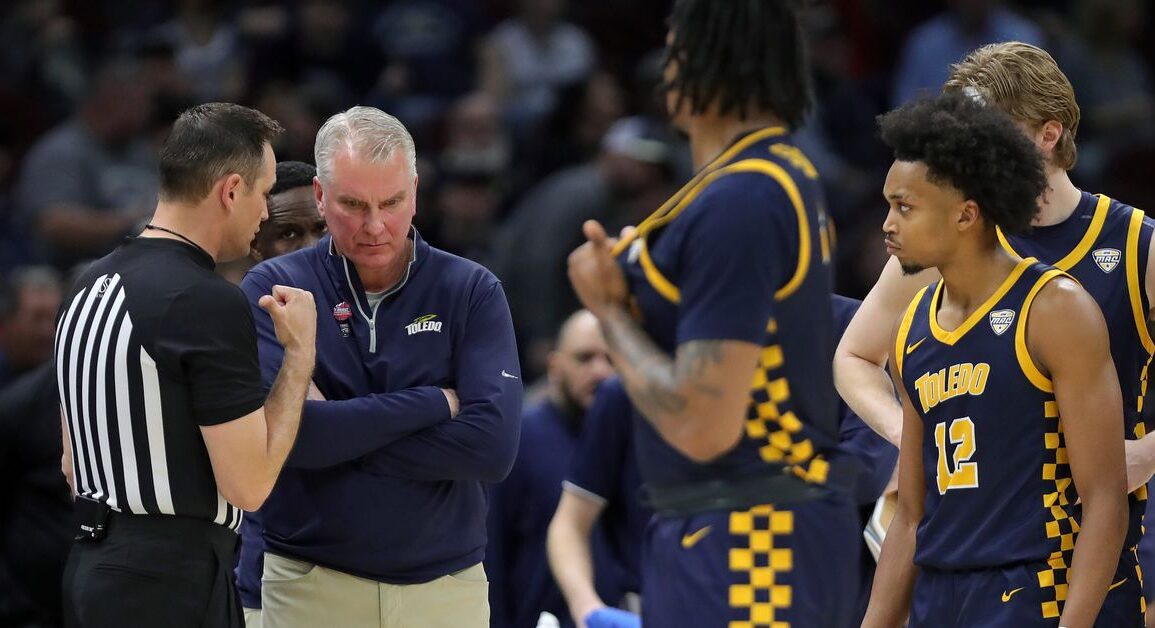
The days of the last two minutes of college basketball games taking 20 minutes of real time to finish are coming to an end. At least that’s the hope.
The NCAA Playing Rules Oversight Panel approved changes on Tuesday that are expected to improve the flow of men’s college basketball beginning in the 2025-26 season. The most notable of those changes is the elimination of replay reviews on out-of-bounds or goaltend calls in the final two minutes of games.
Instead, coaches will now have the ability to challenge out-of-bounds calls and goaltending or basket interference in the final two minutes. Both coaches will receive one challenge that they will get to keep until they make an unsuccessful challenge.
In the past, coaches had the ability to ask for a review on any out-of-bounds call in the final two minutes of games. Many complained that this resulted in coaches gaming the system to get an extra timeout while officials reviewed a call that appeared to be clearly correct when made in real time. It also resulted in huge disruptions to the flow of the game and contests that could have been played in two hours taking 15-20 minutes longer to wrap up.
Other areas of focus when it comes to improving game flow in 2025-26 will be for officials to address delay-of-game tactics, limiting time at the review monitor, improving game efficiency and reducing physicality.
As far as the potential for the men’s game to follow the women’s game’s lead and move from halves to quarters, it’s not happening … yet.
“In considering the decisions last month, the NCAA Men’s Basketball Committee had conversations about ways to continue this direction in the upcoming years, which includes positive momentum for moving the men’s game from halves to quarters,” the NCAA’s release stated. “The committee realizes there are hurdles to implementing the quarter format to the game, including the structuring of media timeouts to accommodate commercial inventory.”
Other notable rule changes that were announced on Tuesday include:
- Officials will have the option to call a Flagrant 1 foul when a player is contacted to the groin. A Flagrant 1 foul results in two free throws for the offended team and possession of the ball. Previously, officials could only call a common foul or deem it a Flagrant 2 foul, in which the player receives an ejection, and the offended team receives two free throws and possession of the ball.
- If a player uses the rim to gain an advantage, it will be a basket interference violation.
- If one of the shot clocks becomes inoperable, the shot clock at the other basket will remain on. Previously, both clocks would be shut off until both are operable.
This post was originally published on this site be sure to check out more of their content.









